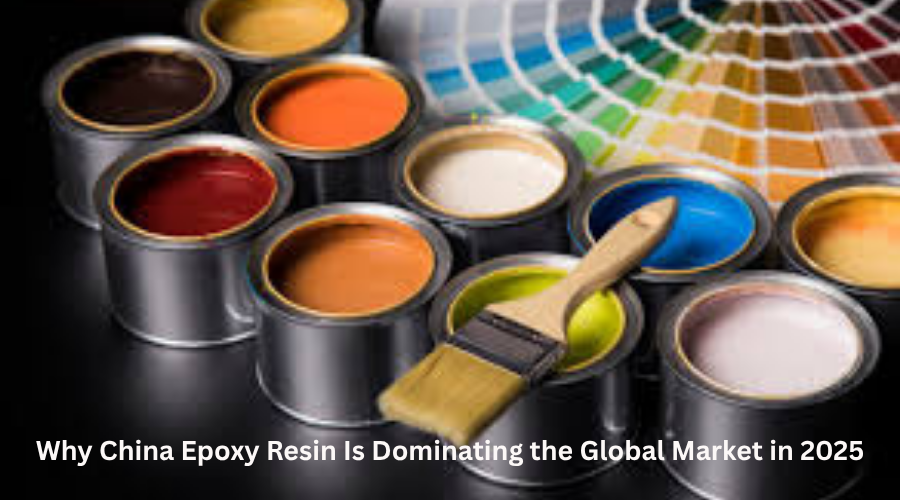What Is The Best Glue For Coating a Rubber Ball With Fabric?
- qinglongdatech
- Mar 14
- 3 min read

If you're looking to coat a rubber ball with fabric, choosing the right glue is crucial for a long-lasting and durable bond. Whether you're working on a craft project, a DIY decoration, or a specialized sports equipment repair, the right adhesive will make all the difference. Many people turn to a rubber adhesive supplier to find the best solution, but understanding the characteristics of different glues can help you make an informed decision.
Key Factors to Consider When Choosing Glue
Before picking an adhesive, it's essential to consider a few important factors:
Flexibility: The glue should be able to bend and stretch without cracking.
Strong Bonding: It should form a secure bond between the rubber surface and fabric.
Water and Heat Resistance: The adhesive must withstand different environmental conditions.
Ease of Application: Some adhesives require extra preparation, while others are ready to use.
Drying Time: Fast-drying glue can speed up your project, but sometimes a longer cure time results in a stronger bond.
Best Types of Glue for Attaching Fabric to a Rubber Ball
There are several types of adhesives that can effectively bond fabric to rubber. Let's take a look at some of the best options:
1. Contact Cement
One of the strongest adhesives for bonding rubber and fabric is contact cement. It forms a flexible and durable bond, ensuring that the fabric stays in place even when the rubber ball is in motion. However, both surfaces must be coated and left to dry before pressing them together.
Pros:
Extremely strong bond
Flexible and durable
Works well with different materials
Cons:
Requires proper ventilation due to strong fumes
It can be tricky to reposition once applied
2. Rubber Cement
Rubber cement is another good option, especially for temporary or flexible applications. It is designed to work well with rubber surfaces and allows some repositioning before drying.
Pros:
Provides a flexible bond
Dries clear, which is ideal for aesthetic projects
Allows easy adjustments before fully setting
Cons:
It may not be as durable for long-term use
Not ideal for high-stress applications

3. Super Glue (Cyanoacrylate)
Super glue is a quick-drying adhesive that can bond rubber and fabric effectively. However, it may become brittle over time, which is not ideal for a rubber ball that needs to flex and move.
Pros:
Fast-drying and strong bond
Easy to find and use
Cons:
It can become brittle over time
It may not work well on larger fabric pieces
4. Fabric Glue
Fabric glue is specifically designed to bond textiles but can work on rubber if it has strong adhesion properties. It provides flexibility and is often washable, making it a decent choice for fabric applications.
Pros:
Maintains fabric softness
Flexible and water-resistant
Cons:
It may not provide the strongest bond to rubber
Longer drying time
5. Epoxy Adhesive
For a permanent and durable bond, epoxy adhesive is a great choice. It creates a strong connection between rubber and fabric, though it requires proper mixing and curing time.
Pros:
Extremely strong and durable
Resistant to water, heat, and chemicals
Cons:
Requires mixing before application
Longer curing time
How to Apply Glue for the Best Results
No matter which adhesive you choose, following the right application steps will ensure a secure bond:
Prepare the Surfaces: Clean the rubber ball with rubbing alcohol to eliminate any dust or grease. Ensure the fabric is clean and dry as well.
Apply the Glue Evenly: Use a brush or applicator to apply the adhesive evenly on both the fabric and rubber surface.
Allow Proper Drying Time: Some adhesives, like contact cement, require time to become tacky before joining the materials.
Press Firmly: Apply even pressure to bond the fabric to the rubber ball securely.
Let It Cure: Depending on the adhesive, let it set for the recommended time before using the ball.
FAQs
1. Can I use hot glue to attach fabric to a rubber ball?
Hot glue is not the best choice because it does not bond well to rubber and can peel off easily.
2. What is the strongest glue for rubber and fabric?
Contact cement and epoxy adhesives offer the strongest, most durable bonds.
3. How long does it take for the glue to cure?
It depends on the type of adhesive. Super glue dries in seconds, while epoxy adhesives can take several hours to fully cure.
Conclusion
Choosing the best glue for coating a rubber ball with fabric depends on your project's needs. For flexibility and durability, contact cement is an excellent choice. If you need a strong, long-lasting bond, epoxy adhesive is the best option. Always consider drying time, ease of application, and resistance to environmental factors before making your selection. By following the right application techniques, you can ensure a successful and long-lasting bond between rubber and fabric.







Comments